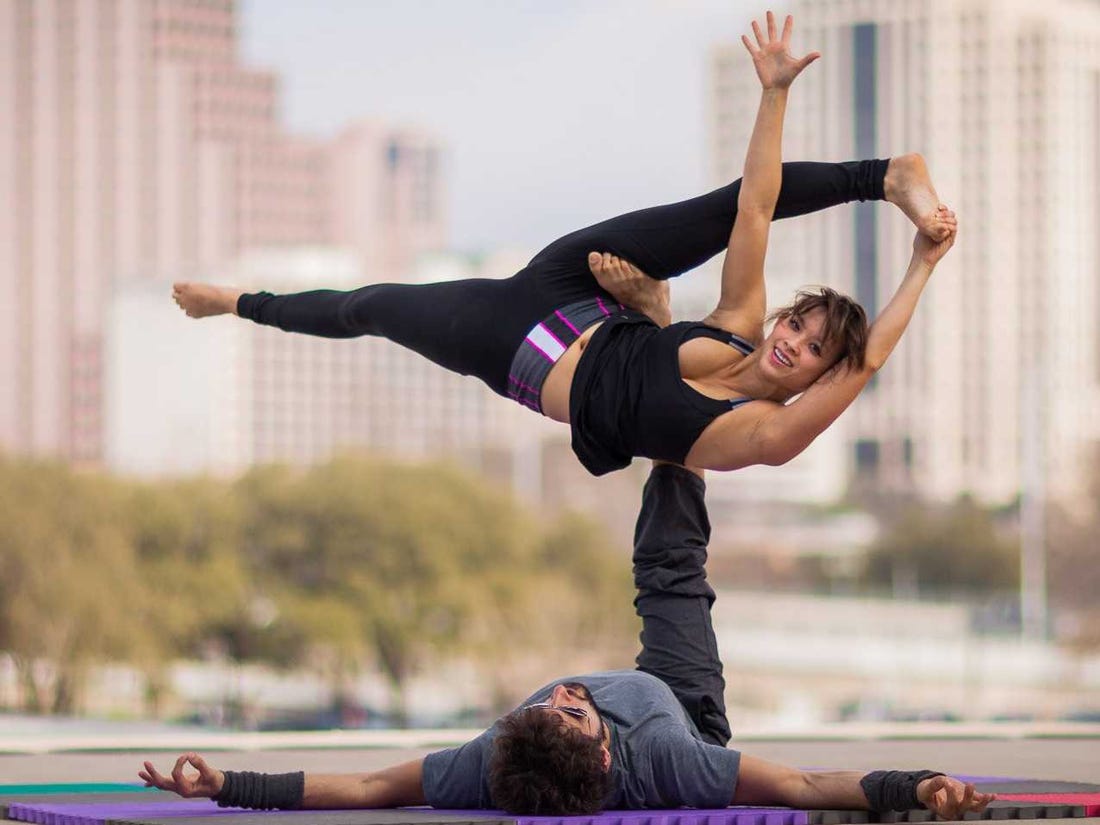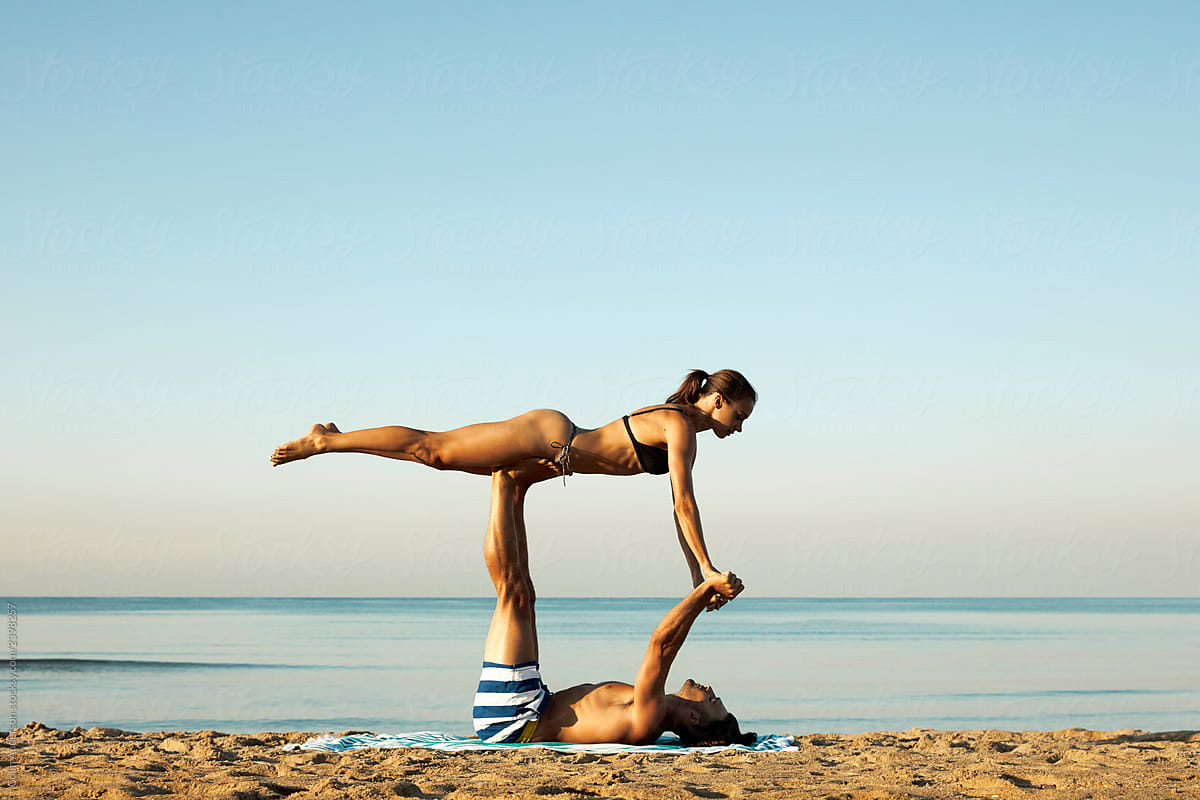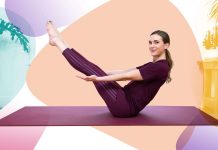One of the most preferred methods of exercise is yoga. There are many skill levels that you can be at if you are practicing yoga.
So, what is AcroYoga? Well, this is one of the techniques that you can use to help you ease pressure and it also combines a bit of acrobatics in it.
Another part about this technique is that it has some therapeutic practices that can help as well. To find out a lot more about AcroYoga, you definitely need to read below. Info on some of the supposed benefits that AcroYoga carries and the poses involved can also be found here.

A Brief History of AcroYoga
AcroYoga is said to have been around since the 1930s. The yoga technique continued to evolve, and in the 1980s AcroSage was created by Benjamin Marantz to help ease him from back pain.
He was the leader of the inversion therapy that is used in AcroYoga today. The name AcroYoga, or rather the practice itself, was actually used first in 1999.
It took place in Canada and the movement started off with a dance done by Eugen Poku and Jessie Goldberg. The routine was then reworked and move on to include yoga and acrobatics.
In 2003, AcroYoga International was founded and the lending of acrobatics and yoga was incorporated and training was done to help teach it safely.
Beginner Pose
You may want to start with safe places, and with this yoga practice, you should start with the beginner poses. Especially since this practice involves acrobatics moves as well.
High Flying Whale Pose
You’ll be using the base’s feet to give the flyer a bigger surface to find extension. The flyer will then use this pose as a shoulder opener and will then explore different movements. The different movements that the flyer chooses to use can be done with the arms.
Here are the steps of performing this technique. Facing away from the base, the flyer will have the feet facing the neck of the base.
The base will then grip the flyer’s ankles, the base will then place their feet on the flyer’s upper back this will then frame the flyer’s spine, or the base can do the framing. The flyer will then lean back and accept the support from the base’s feet. All these should happen while the whole body is engage
At this point, there should be communication on what the flyer’s intentions are about his/her backend. This should also include how long they would like to remain in the same pose. Now, to come out of this pose, the base will make the first move by using their feet to bring the flyer back to standing.
How to Stay Safe During AcroYoga

Since this is one of the most complex yoga practices that you can do, you need to ensure your own safety while you perform. So, you need a spotter you can trust, you can’t do it with just the two of you.
You should then be open to communication throughout the process. Ensure that you are warmed up for the exercise before you start. Have an honest assessment of yourself and be true to how you feel on that particular day and about the practice.
Conclusion
One part about yoga is that it is always evolving and you need to keep up. With AcroYoga, you have one of the sophisticated techniques that you can use for a number of benefits. This is about the practice and how you can start today with a beginner pose and safety measures to have included.










